Augmented reality software developer Maxst has made the move into hardware with Revelio, their new untethered AR smartglasses. These stereoscopic glasses feature an Octa-core processor, 2 GB of memory, a 40-degree field of view, and a 720p display, and they do not require being connected to a phone or computer.
Maxst had their new hardware, along with a large selection of software, on display at CES 2017 in Las Vegas last January. According to CEO Jaewan Park, their appearance there was to exhibit their new products "in order to show the world the superior AR technology of Maxst." They were also looking for a business partner to help them go a step further, but swore to "keep developing AR products that will make our life more convenient" whether they found one or not.
No release date or pricing information for Revelio has been released yet.
Any developers interested in getting into Maxst's system can begin quickly with the Maxst AR 3D SDK. This development environment does offer Unity support and will work on iOS, Android, Windows, and macOS.
Another product that Maxst demonstrated at CES 2017 is VIVAR, an AR-based video calling system that allows the users to share virtual objects overlaid onto the real world. This system appears to be very similar to what the Microsoft HoloLens has available with its Skype application, as you can probably tell in the demo video below.
What else do you think Maxst has up there sleeves in the form of AR? Share your thoughts below!
Just updated your iPhone? You'll find new features for Podcasts, News, Books, and TV, as well as important security improvements and fresh wallpapers. Find out what's new and changed on your iPhone with the iOS 17.5 update.
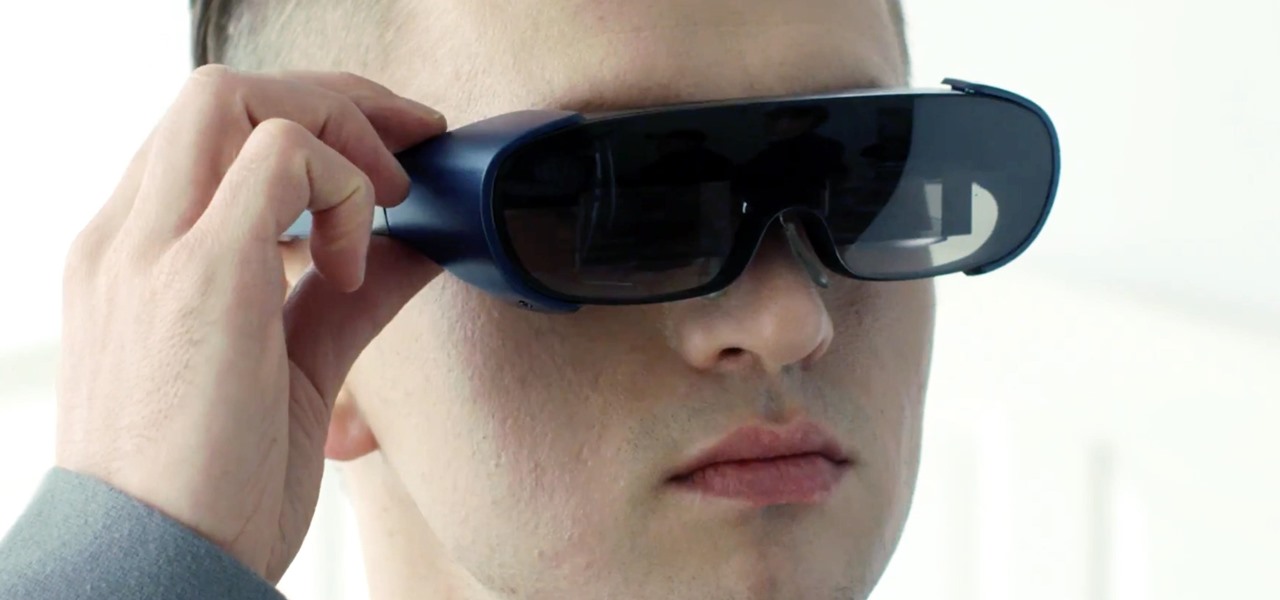


















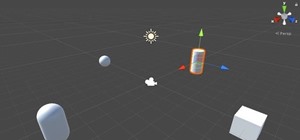

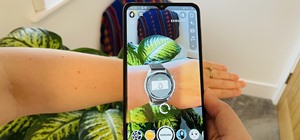
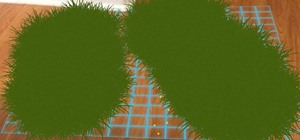
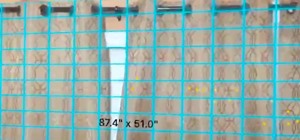
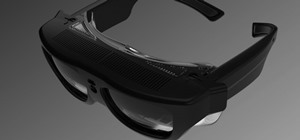
1 Comment
I like all these new AR glasses coming out. I don't see anything that takes my focus off of the Hololens yet. Still the best offering. I want to see more that may use Windows Holographic, but that will likely stay with Microsoft if only for a while.
Share Your Thoughts